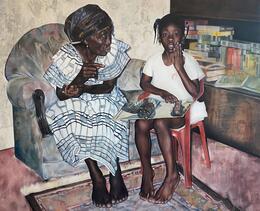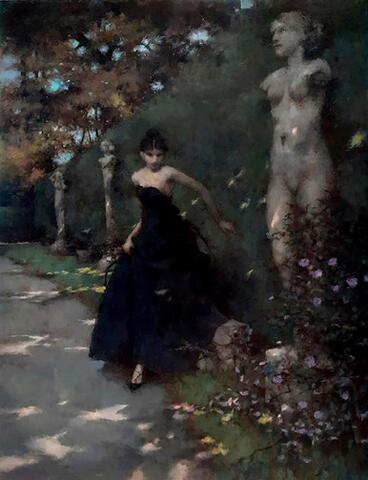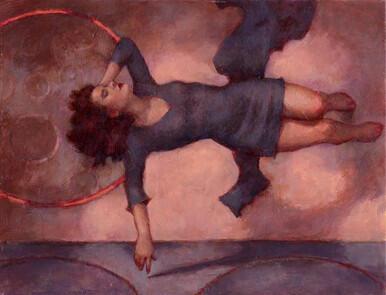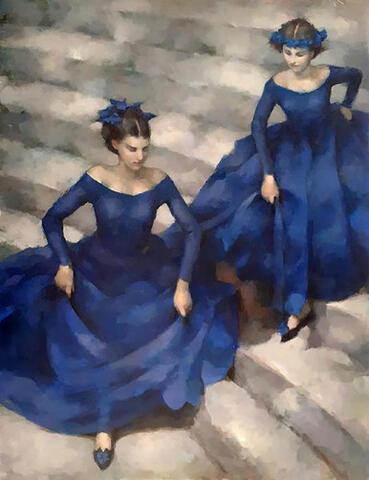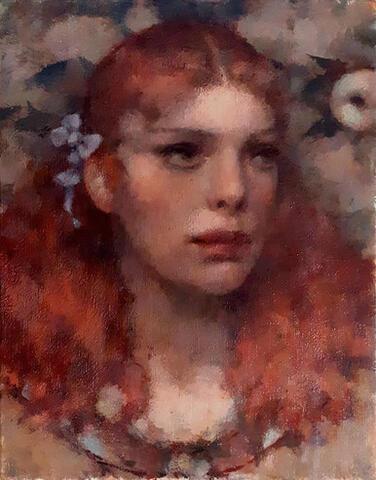Chris Bennett ROI
Artworks
View all artworksStatement
Chris believes that deep, deep down, below the accidentals of life's surface, others feel as he feels. He tries to put together something requiring no outside associations other than our human commonality in order to read it. And because of its completeness within its self-inferred rules, it will hopefully communicate a sentient resolution of this feeling. The purpose of this: a flower releasing its pollen, so the need to share what little fruits we have with others.
In other words, he is talking about what is there when the allegory and journalism are skimmed off. When Chris was nine, his school took him to the British Museum to see the Elgin Marbles. At this stage he was about as near to innocent as ge was ever likely to be - a modern middle-class lad who knows nothing about ancient mythology other than vague notions from 'Jason and the Argonauts' and the Hercules movies his dad took him to see. But he remembers the effect those ancient sculptures had on his young mind. That assembly of weird stone-shaped bodies was like a frozen wave, dead and alive at the same time. He was looking at some compelling game of ordered stone, a silent music of mass; heaving, swinging, tumbling, pushing, leaning and tying. But resembling people. Gazing over that group of figures, they were like cams turning in his mind; setting off back-engineered movements in his human psyche that reciprocated whatever those who fashioned it were feeling.
Chris later learned about what these metamorphic rock figures had to do with the belief system of one of the ancient cradles of modern civilisation. Yet however fascinating, awesome and significant this information was, it had nothing to do with the direct physical resonance I believe to be the aesthetic grammar of our species.
Describing a sugar lump and tasting it. The difference between a lecture on wind dynamics and seeing a yacht straining under full sail.
Methodology
Chris doens't have a fixed method, but anything that realises the idea in one's mind as directly and efficiently as possible.
Bio
Chris Bennett was born in London in 1957 and studied at the Slade School of Fine Art in the early 80's under Euan Euglow, Geoffrey Camp and Philip Sutton. He has exhibited regularly at the Royal Academy and at the Royal Institute of Oil Painters at the Mall Galleries, London, of which he is a member. In 2004 Chris signed a publishing contract with DeMontfort Fine Art who license selected works as open and limited editions in the UK, Japan and the USA. His paintings are exhibited and sold in prestigious galleries around the UK. A notable commission is a portrait of Sir William Hawthorne, now in the collection of Churchill College, Cambridge, who, with Sir Frank Whittle, designed the first jet engine.
